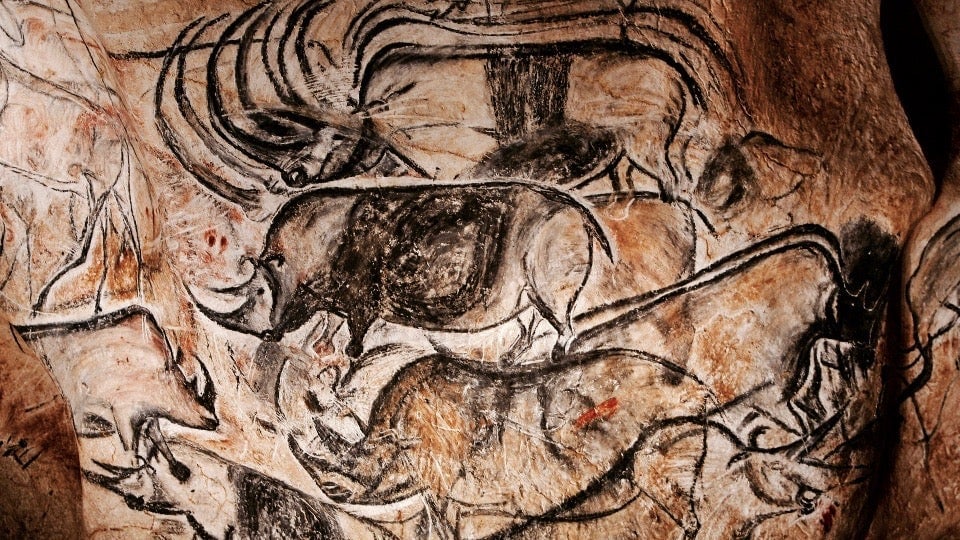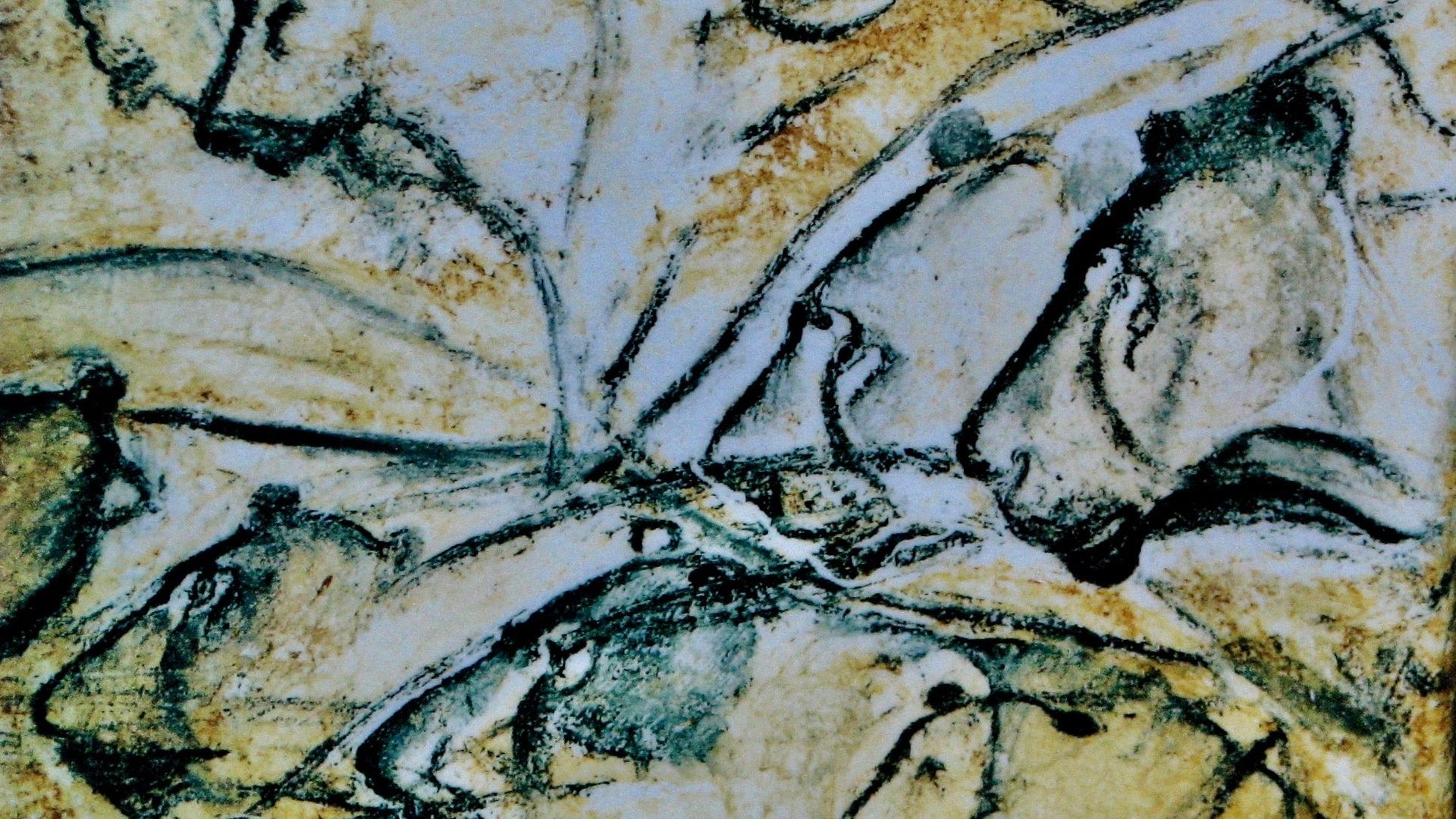A new theory claims Homo sapiens beat out Neanderthals because of art
When considering what humans need to survive, art doesn’t seem high on the list. A hungry person will pick a sandwich over a painting, say. But there was a time when our ancestors’ survival was inextricably linked with their ability to create images. Prehistoric cave art helped make Homo sapiens into the brainy beings we are today.


When considering what humans need to survive, art doesn’t seem high on the list. A hungry person will pick a sandwich over a painting, say. But there was a time when our ancestors’ survival was inextricably linked with their ability to create images. Prehistoric cave art helped make Homo sapiens into the brainy beings we are today.

A new study published in the journal Evolutionary Studies in Imaginative Culture proposes that our ancestors’ skill at art, as well as hunting, was essential to their ability to thrive. The study’s author, psychologist Richard Coss of the University of California-Davis, says there is “a causal relationship between the evolved ability of anatomically modern humans to throw spears accurately while hunting and their ability to draw representational images,” which is tied to the development of the parietal cortex in the brains of Homo sapiens. In other words, the art of hunting forced the evolution of humans.
Basically, Coss argues that as animals caught onto early Homo sapiens’ hunting tactics, our African ancestors needed to move away from thrusting spears into prey and start throwing spears instead. This made hunters better at visualization, giving them a bigger parietal cortex—the place in the brain that integrates visual input and motor skills. Homo sapiens’ developed parietal cortex meant that they could also make art about hunting, which served as a kind of practice for actual hunts. That also makes those early Homo sapiens the first to use the power of visualization for success, a technique employed by elite athletes and others today to shape desired outcomes.
The ability to draw and distance hunt distinguished Homo sapiens from their precursors, Neanderthals, who lived in Eurasia and hunted but did not draw, based on archaeological evidence. “Neanderthals could mentally visualize previously seen animals from working memory, but they were unable to translate those mental images effectively into the coordinated hand-movement patterns required for drawing,” Coss writes. Neanderthals also used spears to kill animals at a relatively close distance. The distinction between the hunting techniques and artistic abilities of Neanderthals and Homo sapiens may help explain why Homo sapiens survived, while Neanderthals died out.
Both distance hunting and drawing require imagination. To anticipate how prey will behave, a hunter must visualize the activity in advance. The mental image prepares them for reality. Using photos and film, Coss—a former art teacher—studied the hand strokes in charcoal drawings and engravings of animals made by early humans about 30,000 years ago in the Chauvet-Pont-d’Arc Cave in southern France. He says the motions for drawing the images mimic the arc a hunter’s spear must take to hit animal targets. He thinks this indicates the pictures were a tool for early humans, improving their chances of killing prey, thus eating and living another day, as well as connected to the evolution of our brains.
In other words, art may be much more essential to survival than we previously imagined.